Introduction:
We go to the gym to get fitter, stronger and healthier, right? So, why do so many of us come away from the place with nagging, and sometimes chronic, injuries?
If you think that the occasional injury is part of the pain that you have to go through in order to get the gain from working out, think again. The vast majority of injuries caused in the gym are completely avoidable. In this article we’ll provide you with a complete guide to injury free workouts.
#1. The Not So Common Sense Basics
A gym is a place that contains heavy things that have the potential of causing harm. That’s why there are 5 fundamental safety measures that you should routinely follow:
- Wear workout shoes – a 45 pound plate dropped on your foot while wearing shoes is still going to hurt, but at least it won’t be so bloody!
- Always secure a barbell with collars (that work) – a bar that becomes uneven when weight slides off one end can cause some nasty damage very quickly.
- Remember gravity – if you take the weight of one emd of a standard bar while leaving the other end weighted, the lighter end will fly up – and possibly take out your eye!
- Put weights back where you got them from – it keeps the gym clutter free and hazard free.
- Stretch and warm up – Dynamic stretching, where you move a body part through a range of motion that simulates the exercise to come is the best way to prepare for a weight training session. Every exercise should also begin with a light warm up set
#2. Spinal Alignment
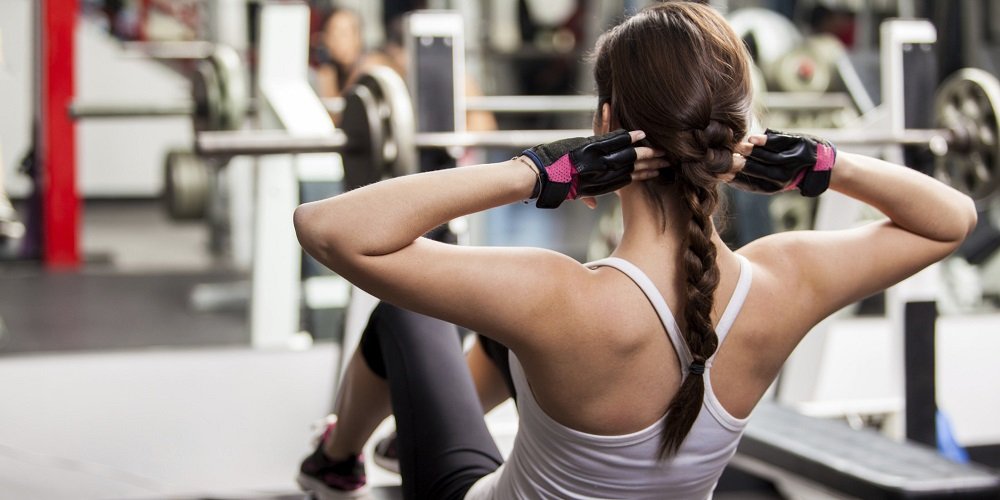
Whenever you are about to do an exercise with weight, ask yourself whether your spine is being put in an unnatural position. On every exercise, your back should be in a neutral position. This means that it is perfectly flat. You do not want it to be either arched or rounded. Making this check a part of your set-up for every exercise will put you at a huge advantage when it comes to preventing lumbar spine injuries.
#3. Joint Angles
Another mental check to perform on each movement is to ask yourself whether you are putting your joint angles in an unnatural position. If your body doesn’t naturally move in the way that you are about to make it move, it’s probably not a good idea.
#4. Muscle Recruitment
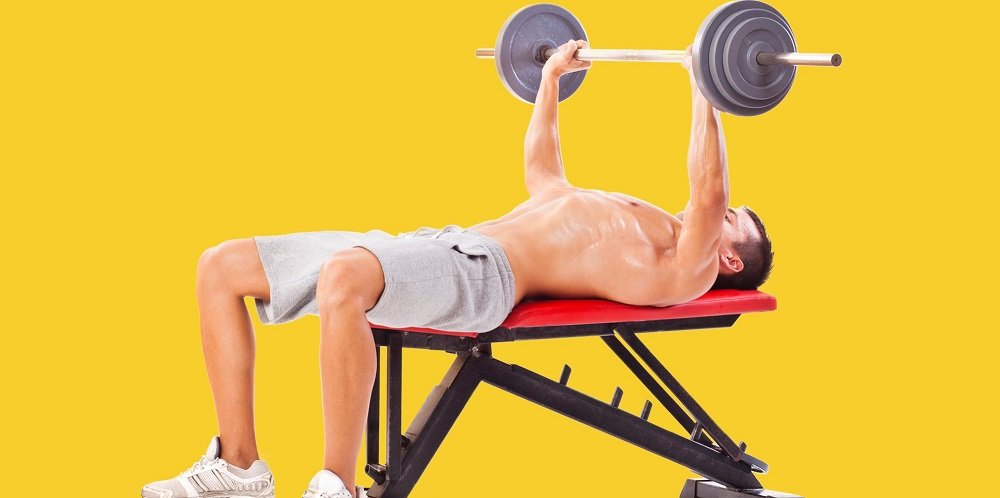
For every exercise there is a target muscle group. Too many people go through the motions of an exercise mindlessly without ever thinking about what muscles are being worked. They are simply focused on getting the weight from Point A to Point B. That is not smart.
In order to avoid injury, you need to develop the mind-muscle connection. That means asking yourself whether you are recruiting the muscles that you want to work on a particular exercise. You need to be feeling the muscle that you want to be working.
If for example, you are doing the bench press, and feeling only the shoulders working, you will want to make some adjustments to your form in order to activate the chest muscles. If you don’t you could quite easily overload the deltoids, leading to serious injury.
#5. Breathing
Proper breathing may not be the first thing you consider when it comes to gym safety. However, if your breathing is out of whack, then your entire kinetic chain is off balance. As a result, you lose your ability to move as a fluid unit.
On the concentric, or positive, part of an exercise, you should breathe out. On the eccentric, or negative, part, you should breathe in. Always breathe in a controlled manner. Do not hyperventilate. And never hold your breathe while you are performing an exercise.
#6. Have a Spotter
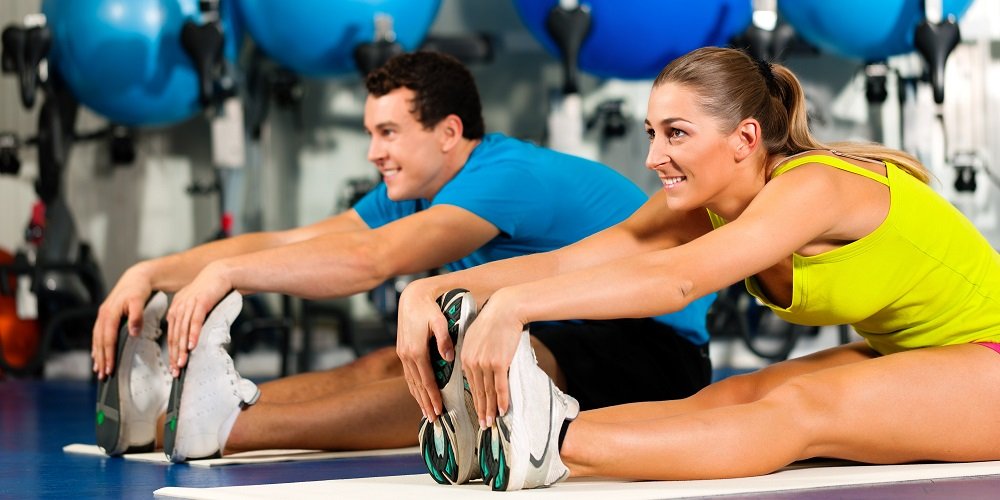
If possible, you should exercise with a training partner. As well as providing mutual encouragement and pushing one another, you are able to spot each other on exercises. This is especially important on the barbell bench press. Of all the exercises you can do in the gym, this one has the most potential to cause serious – even fatal – injury. A heavy weight crashing down on your chest can smash ribs and congest vital organs. Having a partner standing over you to help lift the weight off if you get stuck could – literally – be a lifesaver.
#7. Customize the Equipment
Exercise machines have movable parts such as seats, leg braces and arms that can be changed to suit your height. It is important to take a few moments to make the necessary adjustments before launching into your exercise. If you don’t, you could easily hyper extend a joint, leading to chronic long term pain.
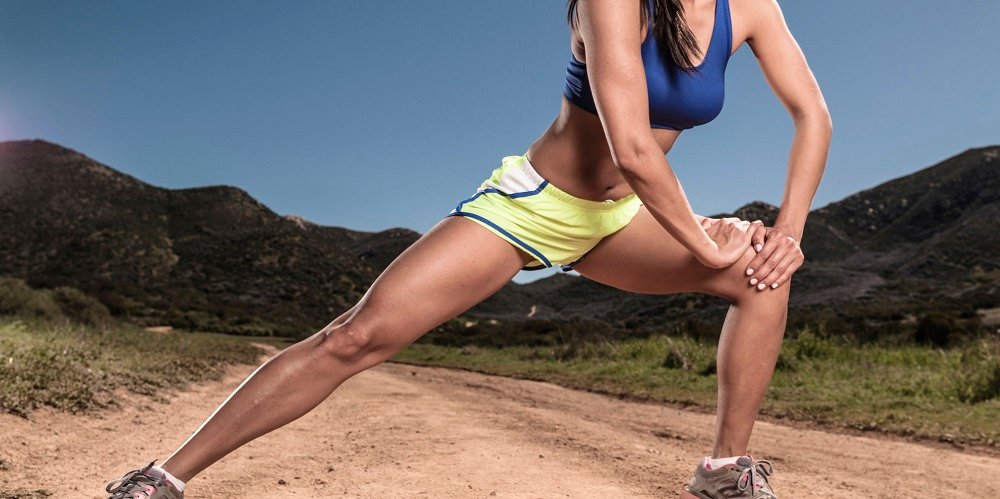
When you’re training without a spotter on such equipment as a power rack or a smith machine you are also able to set up the safety spotter rails to take the weight if you fail during a repetition.
#8. Focus When Getting In and Out
The majority of gym injuries occur when a person is getting in or out of an exercise. It’s usually because they’ve lost focus and are not really thinking about what they’re doing. That’s why it is vital that you are fully engaged when getting in and out of position, especially when doing barbell and dumbbell exercises.
When doing squats, for example, after unracking the bar and taking two short steps back, take the time to set yourself, making sure that your feet are wide enough apart and slightly angled outwards, that the weight is sitting comfortably across your mid traps, that your spine is in a neutral position and that your abs are fully braced.
#9. Prevent Knee Injuries

Knee complaints are among the most common gym injuries. Here are 3 things you can do to make sure that your workout doesn’t lead to chronic patellar problems . . .
- Wear Knee Sleeves – knee sleeves will provide the patellar area with compression. This will warm up the area, increasing blood flow and speeding up workout recovery. It will also improve the biomechanics of exercises like squats by preventing sideways patellar movement. If you aren’t wearing knee sleeves when working your lower body, it’s about time you did. Check out this comprehensive review of the best the market has to offer.
- Warm Up Tendons – the tendons around the knee need specific warm up before moving into your lower body workout. By doing short range of motion ballistic squats through all planes of motion, you’ll be preparing them for the work to come.
- Wear Wraps for Max Squats – Knee wraps will provide the tight compression that your knees need when lifting extra heavy weight. Use them for max singles and doubles. You can also wear your knee sleeves when pushing up max poundages.
#10. Avoid Calluses
Some guys think that ripped up fingers and callused palms are a badge of honor in the gym. All power to them, but we’d prefer to protect our hands as much as we can. Calluses are no fun and there’s no reason why you need to suffer from them. There are a large variety of training aids designed, not only to protect your hands when working out, but also to enhance your gripping ability.
Pull up grips are designed to avoid painful calluses when performing exercises on the pull up bar. They also act as a powerful grip enhancer, allowing you to push out more reps than you could without them. To discover which pull up grips are right for you, check out this article which showcases the best grips on the market.
#11. Foam Rolling
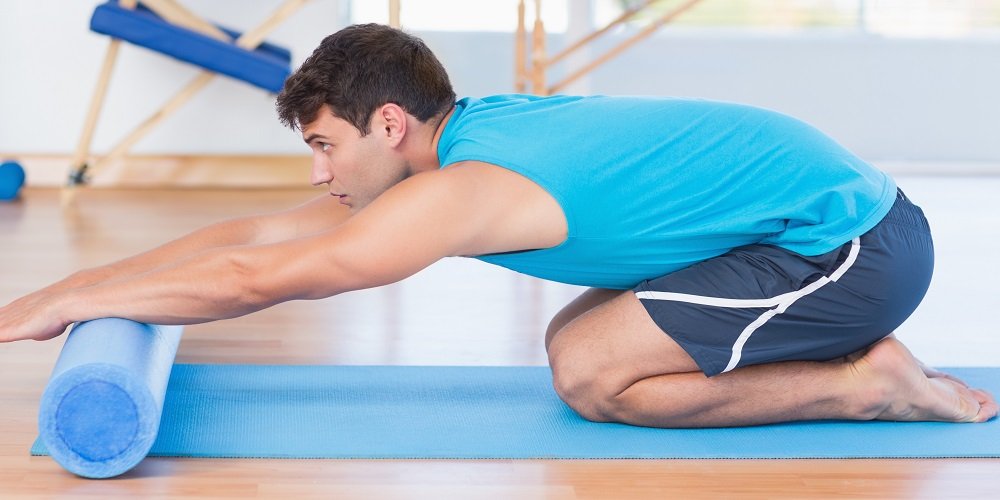
Foam rolling has become a popular way to warm up the muscles, increase blood flow to the area to be worked and help prevent injury. You can also use a roller to target areas of weakness in order to prevent them from becoming a problem during your workout.
If, for example, you have ongoing knee issues, you can use a roller to prepare the area for your workout. Tightness on the medial (inner) knee area is usually due to tightness in the adductors that run on the inside of the leg from the hip down to the knee. Use the roller to work this area by starting at the top of the knee and rolling mid way up the leg. Do this for a couple of minutes, then start at the mid thigh and roll all the way into the groin area for a further two minutes. Do this on both legs.
Conclusion
Injuries and workouts don’t have to go hand in hand. If you respect the gym environment, realizing that it is full of potential hazards, there’s no reason why you should hurt yourself when your aim is to better yourself. It’s vital, however, that you are zoned in on your workout, that you follow basic safety measures, and engage the mind with your muscle. By making use of such awesome training aids as knee sleeves, wraps, foam rollers and pull up grips, you be able to forge your new body without having to suffer any painful injuries along the way.
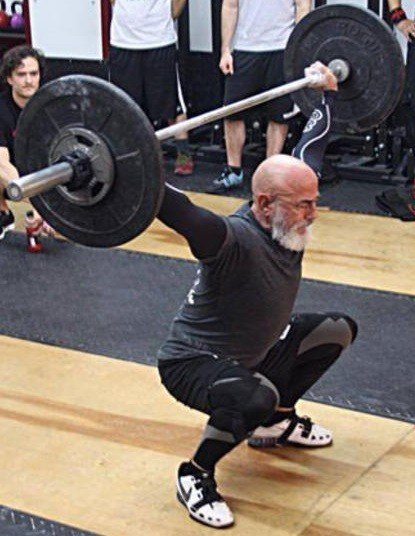
Author Bio: Jim is a long time fitness enthusiast and former powerlifting coach and gym owner. He recently retired and now blogs and writes about fitness tips and tricks that are based on over 35 years of industry experience.

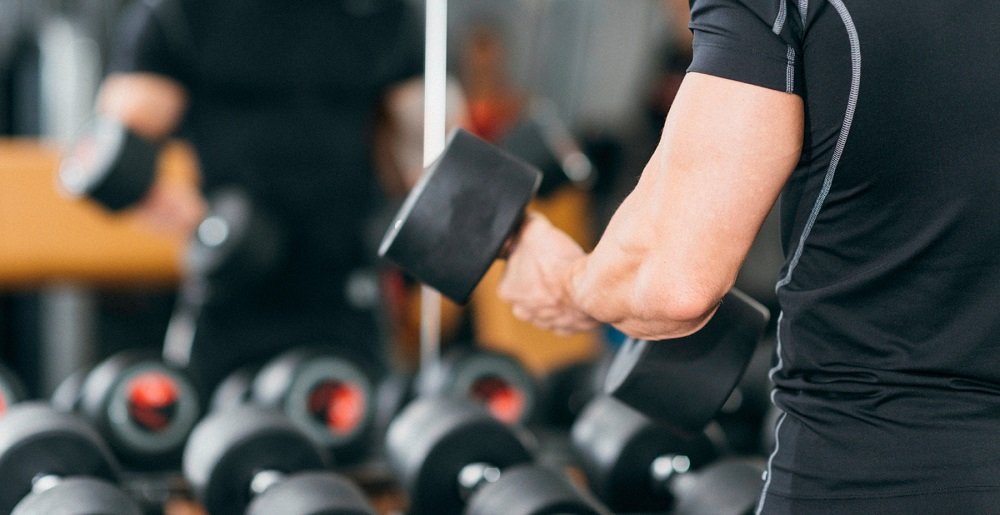









[…] your building up again, try to work on those areas that could be stronger and that will help you avoid a similar injury in the future. Use this as a chance to recalibrate and move […]
Comments are closed.